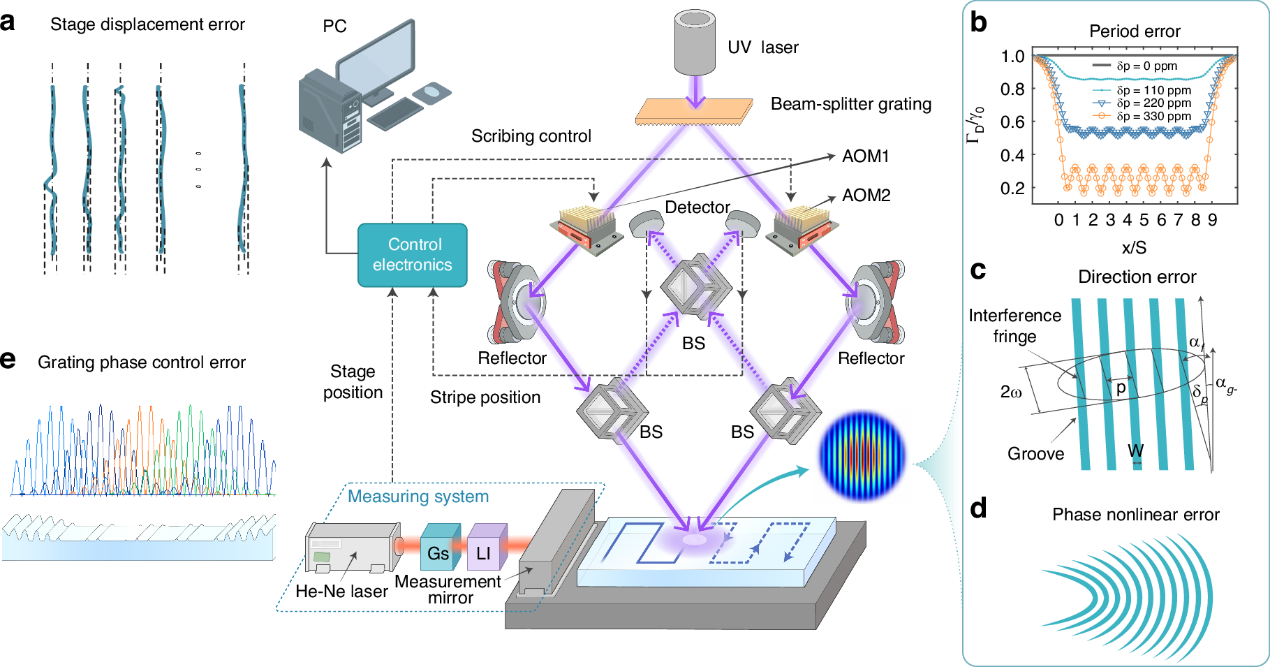
An advancement in the fabrication of holographic diffraction gratings has been achieved by a team of researchers, who have successfully developed a large-aperture, high-precision grating using an innovative scanning interference field exposure technique.

The research team, led by LI Bei from the Changchun Institute of Optics, Fine Mechanics and Physics, designed a variable cross-section microfluidic chip using photocuring 3D printing. This innovative approach allows for precise control of fluid flow and significantly reduces the sample volume required for viscosity measurements.
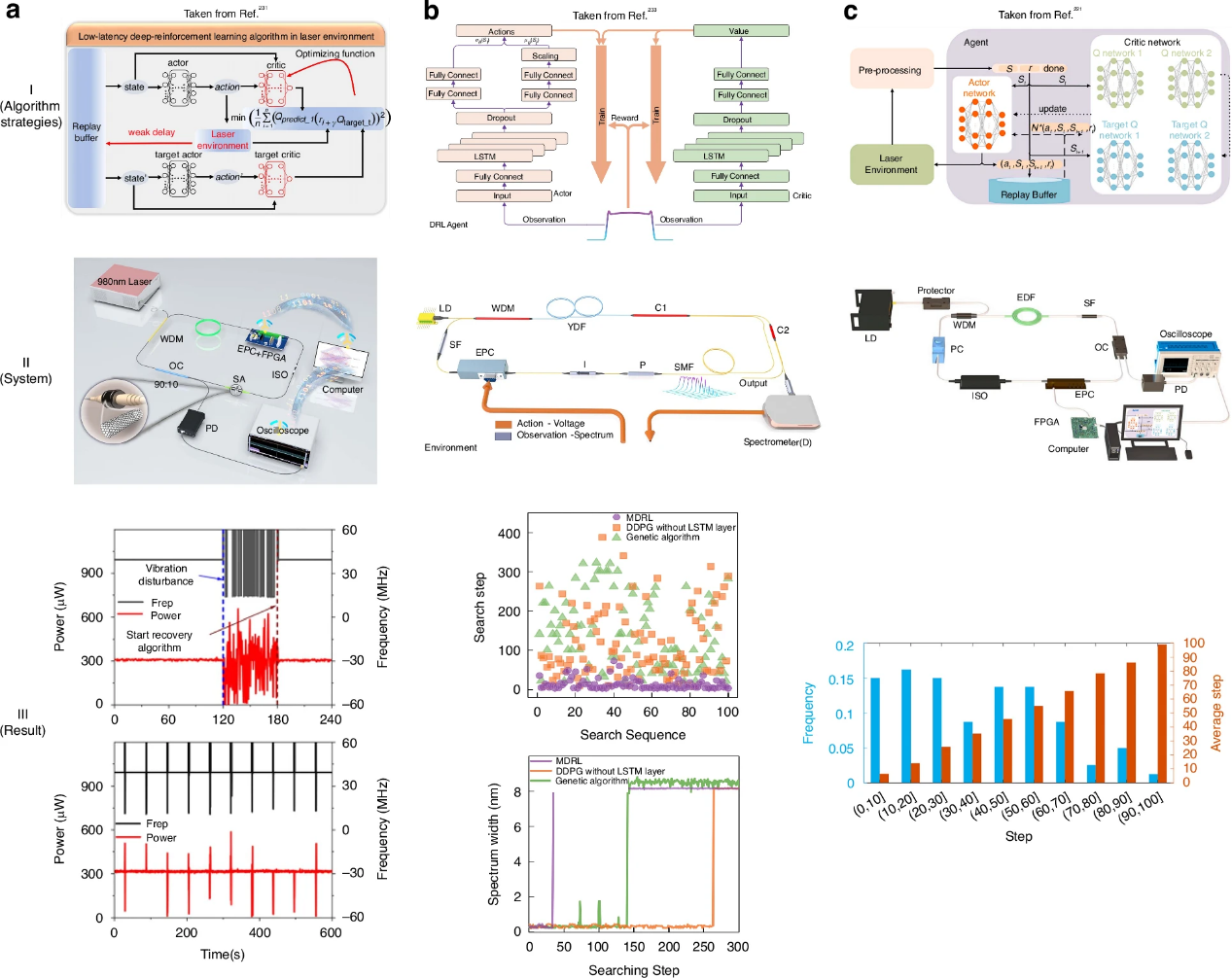
Published in Light: Science & Applications, researchers from the Harbin University of Science and Technology and the Changchun Institute of Optics, Fine Mechanics and Physics, Chinese Academy of Sciences, review the integration of artificial intelligence (AI) with nonlinear optics to revolutionize ultrafast photonics. Their study highlights recent advances in automatic mode-locking (AML) techniques, shedding light on a new era of intelligent ultrafast pulse generation.
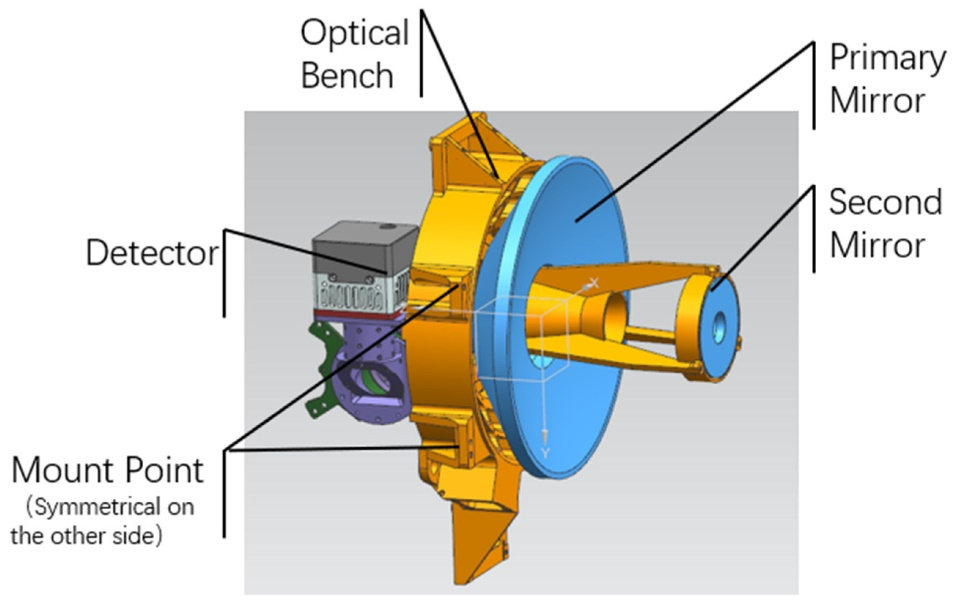
Published in Sensors, researchers from the Changchun Institute of Optics, Fine Mechanics and Physics, Chinese Academy of Sciences, investigate how the dynamic characteristics of an optical bench influence imaging quality in optomechanical systems under vibration conditions. Their findings offer insights for improving the stability and performance of optical devices used in dynamic environments.
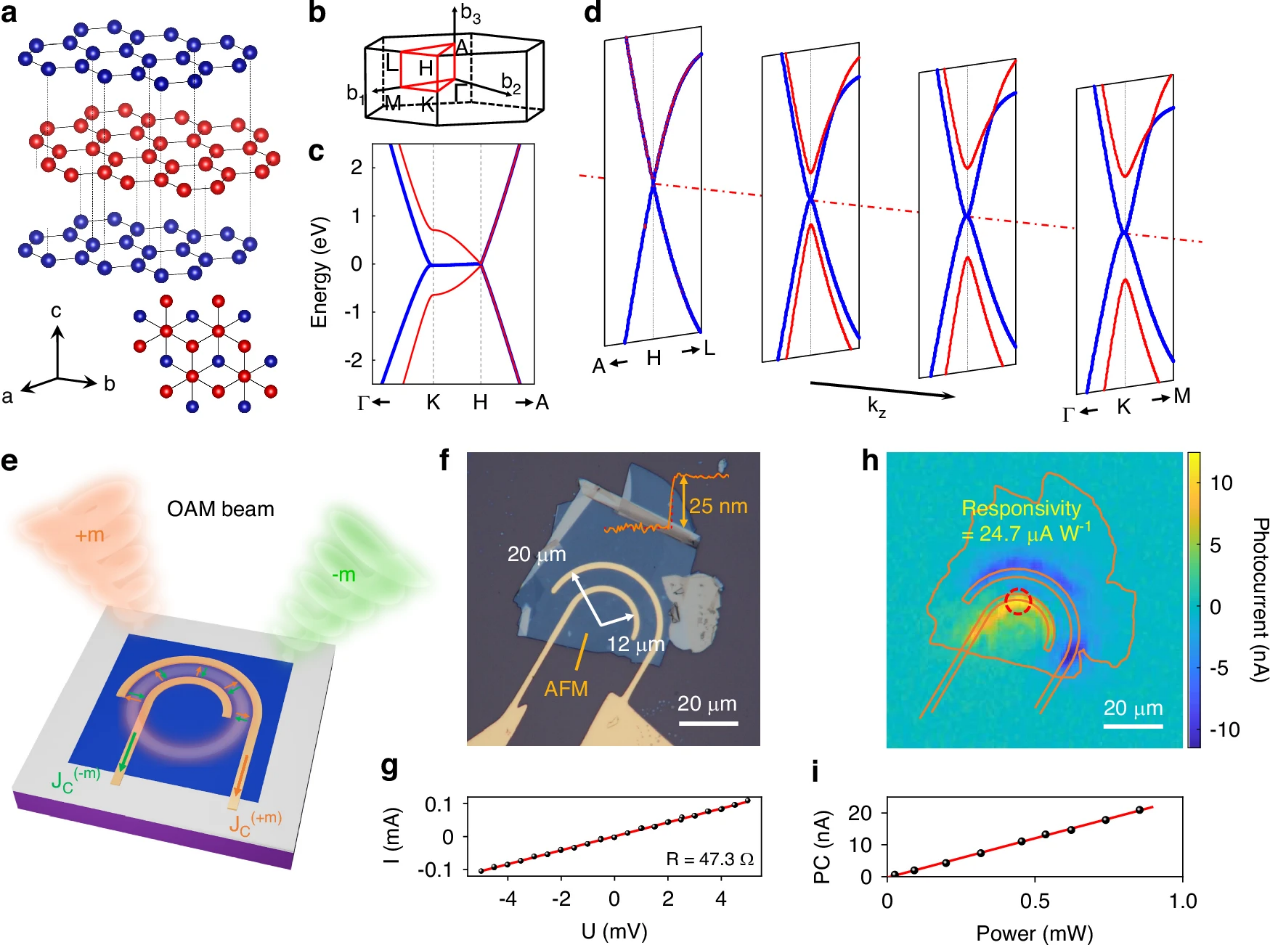
Published in Light: Science & Applications, researchers from the Changchun Institute of Optics, Fine Mechanics and Physics, Chinese Academy of Sciences, along with collaborators from Peking University and Xi'an Jiaotong University, introduce a novel approach to detecting the orbital angular momentum (OAM) of light using multilayer graphene (MLG), opening new possibilities for infrared imaging and optical communication.
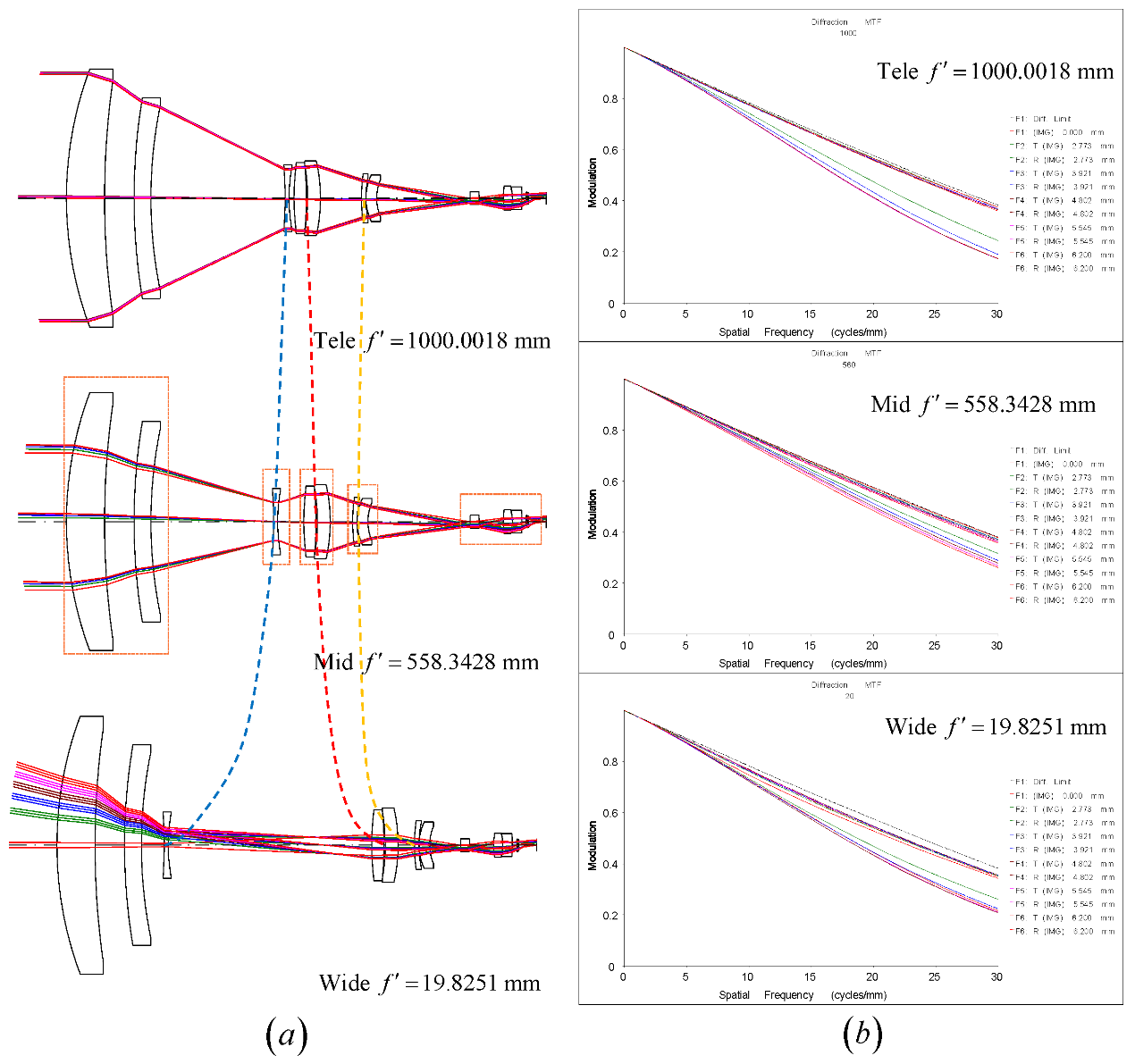
A team of researchers from the Changchun Institute of Optics, Fine Mechanics and Physics, Chinese Academy of Sciences, has developed a highly efficient method for designing compact mid-wave infrared (MWIR) zoom lenses.
